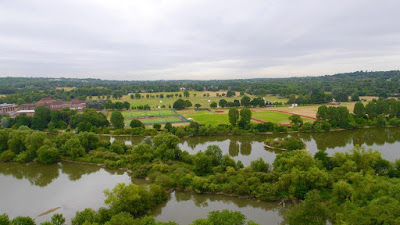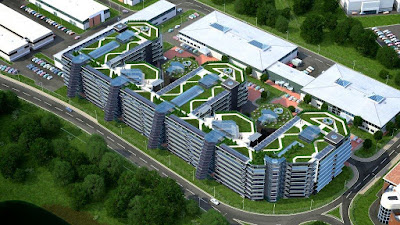Energy Statement – Nailsea, North Somerset
Acting on instructions from a cobstruction company in North Somerset SWEL are to prepare an energy statement for a high specification home to the south of Bristol.
The residential development consists of a large hill side dwelling with terraces and swimming pool.
The development is to be built to Code for Sustainable Homes Level 3. This would see emissions reductions required and levels of fabric energy efficiency above those specified in the building regulations.
The above axiometric projections were produced by Zebra Architects Worcester.
SWEL have prepared Sustainability and Energy Statements for projects all over the UK. We have experience in Code for Sustainable Homes up to Level 6, and BREEAM Excellent (including refurbishments).


